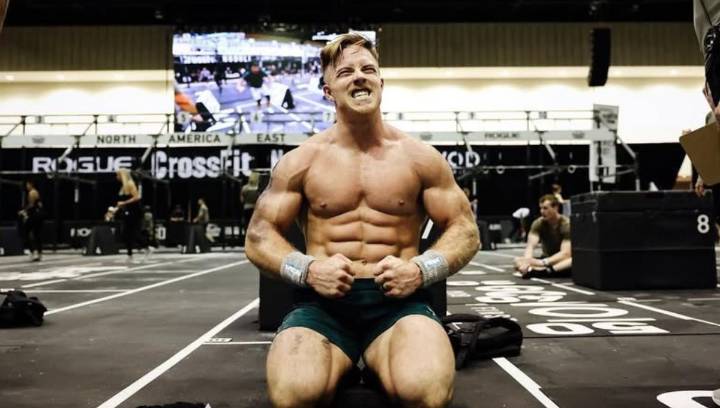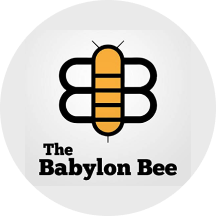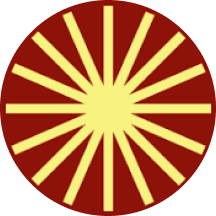Building a better-looking chest is not only about aesthetics—it’s also about functional strength, posture, and joint health. The pectoral muscles, primarily the pectoralis major and minor, play a critical role in upper-body movement.
Training them effectively can enhance both visual appearance and athletic performance. In this article, we will explore five scientifically supported strategies to maximize chest development.
Understanding Chest Anatomy and Muscle Function
Before diving into the tips, it’s important to understand the pectoral structure. The pectoralis major has two heads—the clavicular (upper) and sternocostal (lower) portions—which attach to the humerus, sternum, and clavicle. The pectoralis minor lies underneath, assisting in scapular stabilization. Proper chest training

 BOXROX
BOXROX

 Fast Company Lifestyle
Fast Company Lifestyle FOX 32 Chicago Health
FOX 32 Chicago Health AlterNet
AlterNet The Daily Mining Gazette
The Daily Mining Gazette The Danville Register & Bee Entertainment
The Danville Register & Bee Entertainment The Babylon Bee
The Babylon Bee The List
The List Desert Sun Sports
Desert Sun Sports Raw Story
Raw Story America News
America News